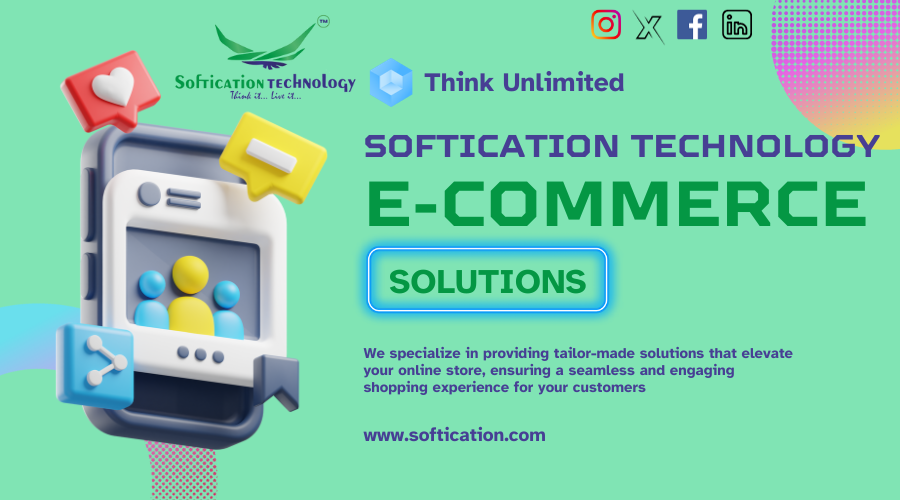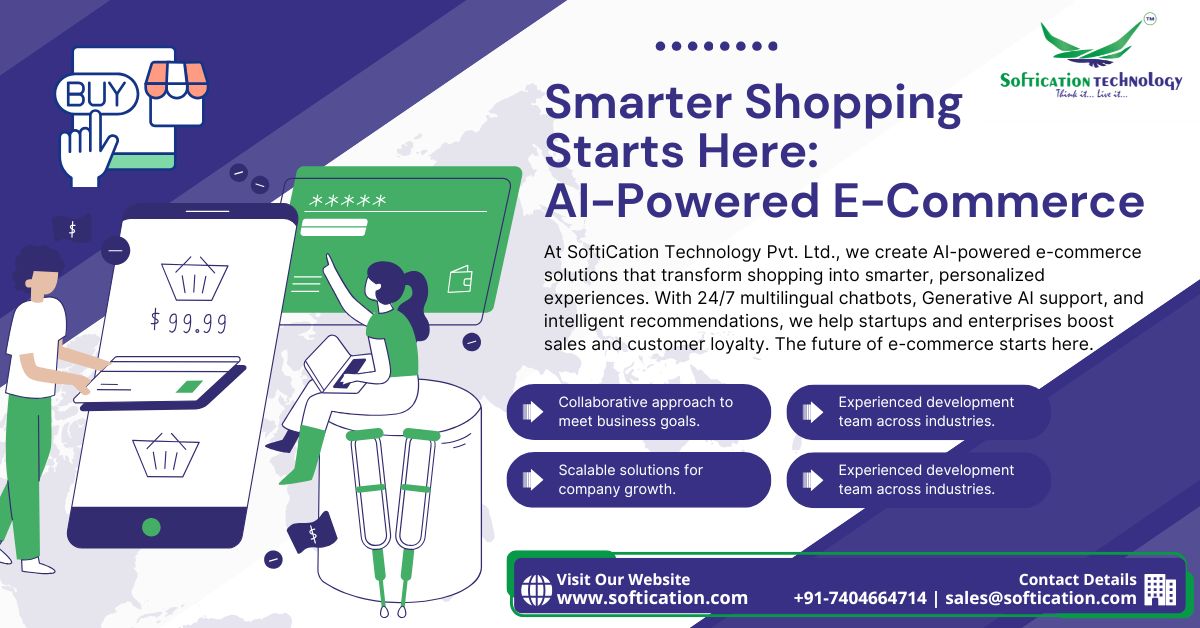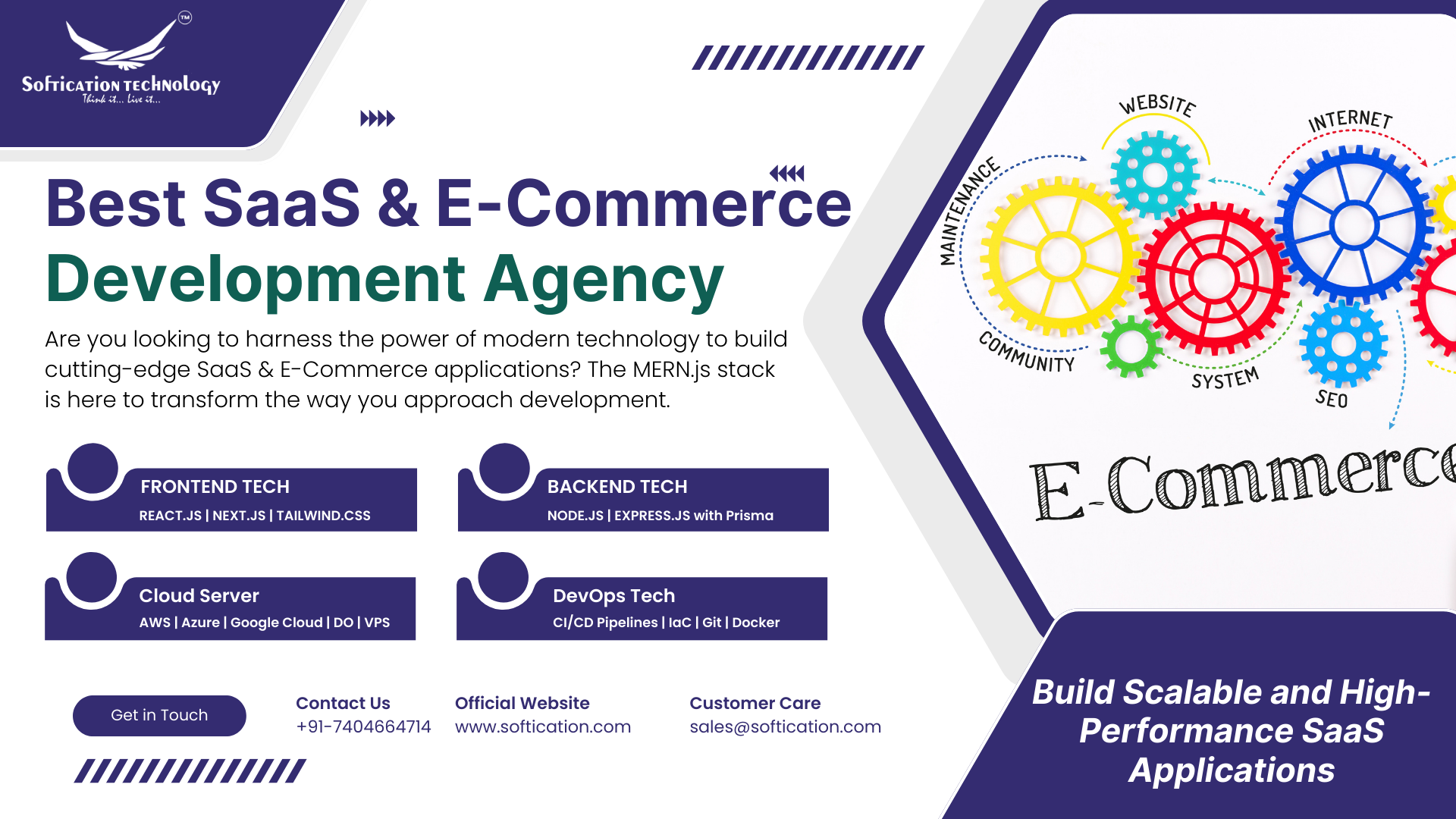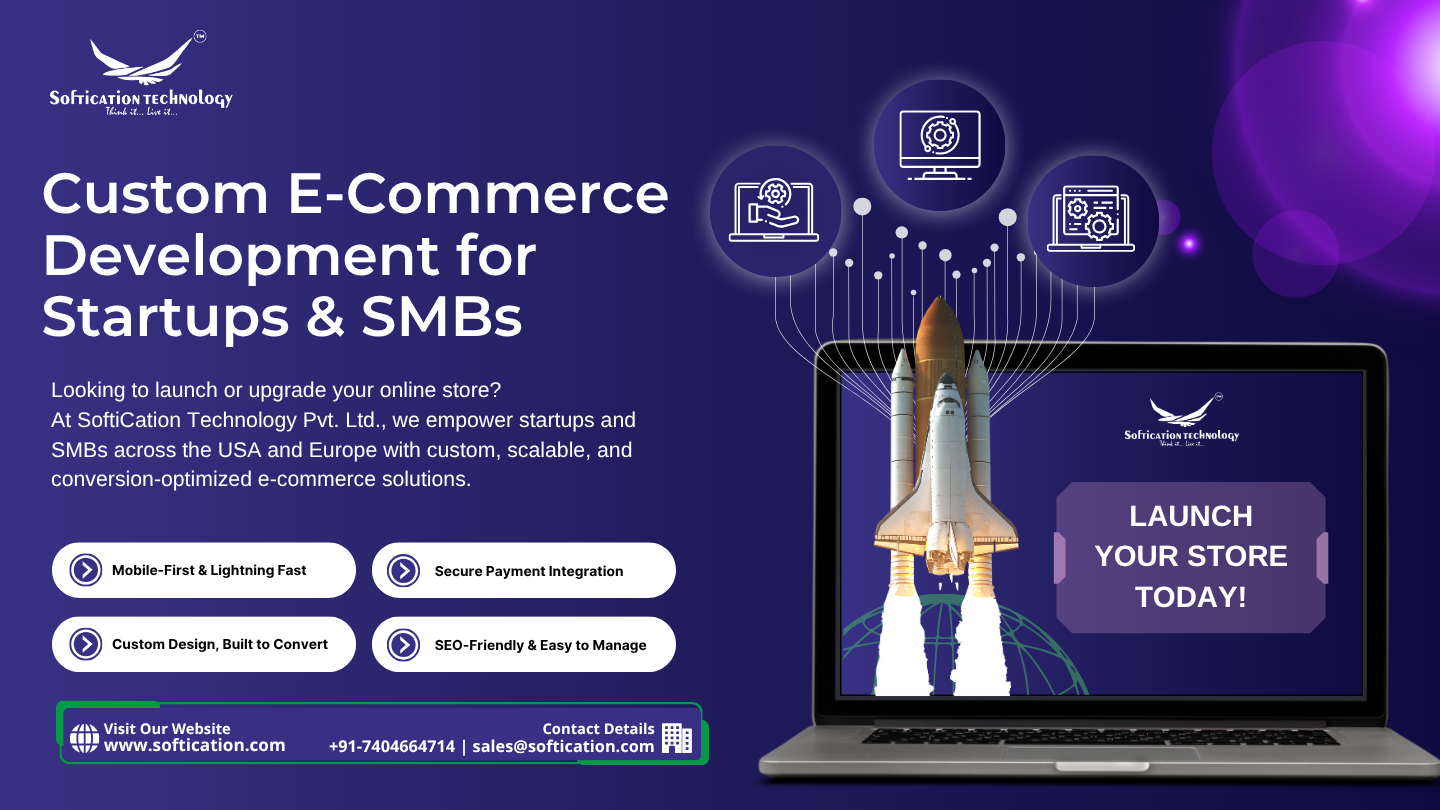The Importance of E-commerce Conversion Rate Optimization
In the competitive world of e-commerce, conversion rate optimization plays a crucial role in the success and growth of online businesses. By understanding the concept of conversion rate optimization and its impact on sales and revenue, businesses can unlock the potential to maximize their conversions and drive profitability.
Understanding Conversion Rate Optimization
Conversion rate optimization (CRO) is the process of improving the percentage of website visitors who take a desired action, such as making a purchase, filling out a form, or subscribing to a newsletter. It focuses on enhancing the user experience and optimizing various elements of a website to encourage visitors to convert into customers.
CRO involves analyzing user behavior, identifying areas of improvement, and implementing strategies to remove barriers that hinder conversions. By continually testing and refining these strategies, businesses can increase their conversion rates and ultimately boost their bottom line.
The Impact of Conversion Rate on Sales and Revenue
The conversion rate directly impacts the sales and revenue generated by an e-commerce business. A higher conversion rate means more visitors are taking the desired actions, resulting in increased sales and revenue. Conversely, a low conversion rate indicates that a significant number of potential customers are leaving the website without converting, leading to missed opportunities and lower revenue.
To illustrate the impact of the conversion rate on sales and revenue, consider the following example:
| Metric | Current Rate | Improved Rate |
| Monthly Website Visitors | 10,000 | 10,000 |
| Conversion Rate | 2% | 4% |
| Monthly Conversions | 200 | 400 |
| Average Order Value | $100 | $100 |
| Monthly Revenue | $20,000 | $40,000 |
In this example, by doubling the conversion rate from 2% to 4%, the monthly revenue also doubles, resulting in a significant boost to the business's financial performance.
By focusing on e-commerce conversion rate optimization, businesses can reap the following benefits:
- Increased sales and revenue: A higher conversion rate means more customers are completing their purchases, leading to a direct increase in sales and revenue.
- Better return on investment (ROI): By optimizing conversion rates, businesses can maximize the value of their marketing efforts and advertising spend, resulting in a higher ROI.
- Improved customer experience: Conversion rate optimization involves enhancing various aspects of the website, such as usability, navigation, and checkout process, which ultimately leads to a better user experience for customers.
- Enhanced customer trust and loyalty: A smooth and seamless conversion process instills confidence in customers, fostering trust and encouraging repeat purchases.
- Competitive advantage: By continually optimizing conversion rates, businesses can differentiate themselves from competitors and stay ahead in the competitive e-commerce landscape.
Understanding the importance of e-commerce conversion rate optimization is the first step toward unlocking the potential for increased sales and revenue. In the subsequent sections, we will delve into various strategies, techniques, and best practices for optimizing conversion rates and driving business growth.
Analyzing the User Journey
To optimize e-commerce conversion rates, it's crucial to understand the user journey and identify potential bottlenecks that hinder conversions. By mapping the user journey and recognizing these obstacles, businesses can implement targeted strategies to enhance the overall conversion rate.
Mapping the User Journey
Mapping the user journey involves visualizing the steps that a user takes from the moment they land on a website to the point of conversion. This includes all touchpoints and interactions, such as browsing products, adding items to the cart, and completing the checkout process. Understanding the user journey allows businesses to identify key areas where users may drop off or encounter difficulties.
The user journey can vary based on the specific e-commerce website and product offerings. It's essential to analyze data and user behavior to accurately represent the typical paths users take. Using tools such as Google Analytics or Heatmaps, businesses can gain insights into user interactions and identify patterns or trends that may impact conversions.
Identifying Conversion Bottlenecks
Identifying conversion bottlenecks is a crucial step in improving e-commerce conversion rates. Bottlenecks are points in the user journey where users are more likely to abandon their purchase or face obstacles that prevent them from completing a conversion. By identifying these bottlenecks, businesses can strategically address them to improve the overall user experience and increase the likelihood of conversions.
Some common conversion bottlenecks include:
- Complicated checkout process: If the checkout process is lengthy, confusing, or requires too many steps, users may abandon their carts. Businesses should streamline the checkout process by minimizing the number of form fields, providing guest checkout options, and offering multiple payment methods.
- Lack of trust and security: Users are more likely to convert when they feel confident about the security of their personal and financial information. Implementing secure payment gateways, displaying trust badges, and providing clear privacy policies can help alleviate user concerns.
- Poor product information and descriptions: Insufficient or unclear product information can lead to hesitation or confusion, resulting in lost sales. Businesses should optimize product listings and descriptions by providing accurate details, high-quality images, and comprehensive specifications to help users make informed purchase decisions.
- Ineffective call-to-actions (CTAs): Weak or poorly placed CTAs can fail to motivate users to take the desired action. Businesses should strategically place compelling CTAs that stand out, using persuasive language and clear instructions.
By addressing these conversion bottlenecks and continually monitoring user behavior, businesses can make data-driven decisions to optimize the user journey and increase conversions. It's important to iterate and test different strategies to find the most effective solutions for improving the overall e-commerce conversion rate.
Strategies for E-commerce Conversion Rate Optimization
To maximize sales and revenue in the competitive e-commerce landscape, it's essential to focus on conversion rate optimization. By fine-tuning various aspects of your online store, you can improve the likelihood of visitors turning into customers. Here are three key strategies for e-commerce conversion rate optimization:
Streamlining the Checkout Process
The checkout process plays a crucial role in the conversion rate of an e-commerce website. A lengthy or complicated checkout process can lead to cart abandonment and lost sales. To streamline the checkout process, consider the following:
- Implement a guest checkout option to eliminate the need for visitors to create an account.
- Minimize the number of steps required to complete a purchase.
- Provide clear and concise instructions at each stage of the checkout process.
- Offer multiple payment options to cater to different customer preferences.
- Optimize the mobile checkout experience for customers using smartphones or tablets.
By prioritizing a seamless and user-friendly checkout process, you can reduce friction and encourage customers to complete their purchases. For more information on e-commerce website optimization, check out our article on e-commerce website optimization.
Optimizing Product Listings and Descriptions
Well-optimized product listings and descriptions are essential for capturing the attention of potential customers and convincing them to make a purchase. Consider the following strategies to optimize your product listings:
- Use high-quality product images that showcase your products from different angles.
- Write compelling and accurate product descriptions that highlight the key features and benefits.
- Incorporate relevant keywords in your product titles and descriptions to improve search engine visibility.
- Include customer reviews and ratings to build trust and confidence in your products.
- Display clear pricing information, discounts, and promotions to entice customers.
Remember to regularly update and optimize your product listings to stay relevant and competitive in the market. For more information on e-commerce product photography, check out our article on e-commerce product photography.
Implementing Effective Call-to-Actions
Call-to-actions (CTAs) are critical elements that guide visitors toward taking specific actions on your e-commerce website. Optimizing your CTAs can significantly impact conversion rates. Consider the following strategies when implementing CTAs:
- Use clear and concise language that communicates the desired action, such as "Add to Cart" or "Buy Now."
- Place CTAs strategically on product pages, category pages, and other relevant sections of your website.
- Make CTAs visually prominent by using contrasting colors and appropriate button sizes.
- Create a sense of urgency by incorporating time-limited offers or limited stock notifications.
- Test different variations of CTAs to identify the most effective ones through A/B testing.
By optimizing your CTAs, you can guide visitors through the sales funnel and encourage them to take the desired actions. For more information on e-commerce website design, check out our article on e-commerce website design.
By implementing these strategies, you can enhance your e-commerce conversion rate and increase your chances of turning visitors into loyal customers. Remember to continually monitor and analyze the performance of your website using tools like e-commerce analytics to identify areas for improvement and drive continuous optimization.
Leveraging User Experience Design
Creating a seamless and user-friendly experience is key to optimizing the conversion rate of your e-commerce website. By focusing on user experience design, you can enhance customer satisfaction and drive higher conversions. Here are three crucial aspects of user experience design that can significantly impact your e-commerce conversion rate.
Responsive and Mobile-Friendly Design
In today's mobile-centric world, it's essential to ensure that your e-commerce website is responsive and mobile-friendly. With an increasing number of users accessing websites through their smartphones and tablets, it's crucial to provide a seamless browsing and shopping experience across all devices.
A responsive design automatically adjusts the layout and content of your website to fit different screen sizes. This ensures that users can easily navigate, view product information, and complete purchases on their mobile devices without any hindrance. A mobile-friendly design not only improves user experience but also positively impacts your search engine rankings. To learn more about e-commerce website design, check out our article on e-commerce website design.
Simplifying Navigation and Search
A cluttered and confusing navigation system can frustrate users and lead to high bounce rates. Simplifying the navigation and search functionality of your e-commerce website is crucial for improving the user experience and encouraging conversions.
Ensure that your navigation menu is well-organized and intuitive, allowing users to quickly find the products or categories they are looking for. Implement a prominent search bar that offers autocomplete suggestions and filters to help users refine their search results effortlessly. By making navigation and search user-friendly, you can enhance the overall shopping experience and increase the likelihood of conversions. For more information on e-commerce website development, visit our article on e-commerce website development.
Enhancing Page Load Speed
In today's fast-paced digital landscape, users have little patience for slow-loading websites. Slow page load speeds not only frustrate users but also negatively impact your conversion rate. Studies have shown that even a one-second delay in page load time can result in a significant drop in conversions.
Optimizing your e-commerce website's page load speed is crucial for retaining users and encouraging them to make a purchase. Compressing images, minimizing HTTP requests, and leveraging caching techniques are just a few strategies to improve page load speed. By enhancing page load speed, you can provide a seamless and efficient browsing experience, leading to improved conversions. To learn more about e-commerce website optimization, check out our article on e-commerce website optimization.
By leveraging user experience design principles such as responsive and mobile-friendly design, simplified navigation and search, and enhanced page load speed, you can significantly improve the user experience and boost your e-commerce conversion rate. Continuously evaluating and optimizing these aspects of your website will ensure that you provide a seamless shopping experience that encourages users to convert.
Utilizing Data and Analytics
To optimize the conversion rate of your e-commerce website, it is essential to leverage data and analytics. By tracking and analyzing user behavior, conducting A/B testing and experimentation, and utilizing heatmaps and user feedback, you can gain valuable insights and make data-driven decisions to improve the performance of your website.
Tracking and Analyzing User Behavior
Tracking and analyzing user behavior is a fundamental aspect of e-commerce conversion rate optimization. By implementing tools such as Google Analytics, you can collect valuable data on user interactions, including page views, bounce rates, and conversion rates. This data allows you to identify trends, understand user preferences, and pinpoint areas for improvement.
Through the analysis of user behavior, you can gain insights into which pages are performing well and which ones may be causing visitors to leave your website. By identifying the pages with high exit rates or low conversion rates, you can focus on optimizing those specific areas to improve user engagement and increase conversions.
A/B Testing and Experimentation
A/B testing, also known as split testing, is a powerful technique for improving the conversion rate of your e-commerce website. It involves creating two or more versions of a web page and testing them simultaneously to determine which version performs better. By comparing different elements such as headlines, images, call-to-action buttons, or layout variations, you can identify the most effective combination that drives higher conversions.
Through A/B testing and experimentation, you can make data-driven decisions rather than relying on assumptions or guesswork. By continuously testing and refining your website elements, you can optimize the user experience and increase the likelihood of conversion.
Utilizing Heatmaps and User Feedback
Heatmaps provide visual representations of user behavior on your website, highlighting areas of high and low engagement. They can reveal where users are clicking, scrolling, or spending the most time. By analyzing heatmaps, you can identify patterns and optimize your website's layout and design to enhance user experience and encourage conversions.
In addition to heatmaps, gathering user feedback through surveys, feedback forms, or user testing can provide valuable insights into the pain points and preferences of your website visitors. This qualitative data can help you uncover usability issues or areas where users may be experiencing difficulties, allowing you to make targeted improvements to enhance the overall user experience.
By utilizing data and analytics, e-commerce businesses can make informed decisions to improve their conversion rates. Tracking and analyzing user behavior, conducting A/B testing and experimentation, and utilizing heatmaps and user feedback are essential strategies for optimizing your e-commerce website. Remember to continuously monitor and analyze the data to stay on top of user preferences and adapt your website accordingly.
Continuous Improvement and Testing
To maximize the effectiveness of your e-commerce conversion rate optimization efforts, it's essential to adopt a mindset of continuous improvement and testing. This section explores key practices that can help you monitor performance metrics, implement iterative optimization strategies, and stay up-to-date with industry trends.
Monitoring Performance Metrics
Monitoring performance metrics is a fundamental aspect of e-commerce conversion rate optimization. By regularly reviewing and analyzing relevant data, you can gain valuable insights into the effectiveness of your optimization efforts. Some important performance metrics to monitor include:
| Metric | Description |
| Conversion Rate | The percentage of website visitors who complete a desired action, such as making a purchase or signing up for a newsletter. |
| Bounce Rate | The percentage of visitors who navigate away from your website after viewing only one page. A high bounce rate may indicate issues with user experience or content relevance. |
| Average Order Value | The average amount spent by customers during a single transaction. Tracking this metric can help identify opportunities to increase revenue per customer. |
| Cart Abandonment Rate | The percentage of visitors who add items to their shopping cart but do not complete the purchase. Analyzing cart abandonment can reveal potential pain points in the checkout process. |
By tracking these metrics over time, you can identify trends, set benchmarks, and make data-driven decisions to optimize your e-commerce website.
Iterative Optimization Strategies
Effective e-commerce conversion rate optimization involves implementing iterative optimization strategies. Rather than making drastic changes all at once, it's best to test and refine small modifications to your website. This approach allows you to measure the impact of each change and make data-informed decisions for further optimization.
A popular method for iterative optimization is A/B testing. This involves comparing two versions of a webpage or element to determine which one performs better in terms of conversion rate. By testing different variations, such as button colors, headlines, or product images, you can identify the most effective elements and make incremental improvements to your website.
Staying Up-to-Date with Industry Trends
The e-commerce landscape is constantly evolving, with new trends and technologies emerging regularly. To stay ahead of the competition, it's crucial to stay up-to-date with the latest industry trends and incorporate relevant advancements into your conversion rate optimization strategy.
Engaging with industry resources, attending conferences, and following reputable blogs and publications can help you stay informed about the latest developments. Keeping an eye on emerging technologies, such as voice search or chatbots, can also provide opportunities for innovation and optimization.
Additionally, collaborating with an experienced e-commerce development agency can provide you with valuable insights and expertise. They can help you navigate the ever-changing e-commerce landscape, ensuring that your conversion rate optimization strategies align with the latest industry trends.
By continuously monitoring performance metrics, implementing iterative optimization strategies, and staying informed about industry trends, you can drive continuous improvement in your e-commerce conversion rates. Remember to leverage the expertise of professionals in the field and stay proactive in adapting to the evolving e-commerce landscape.











